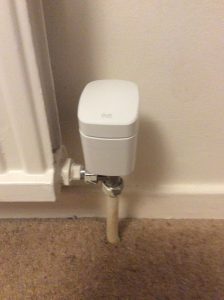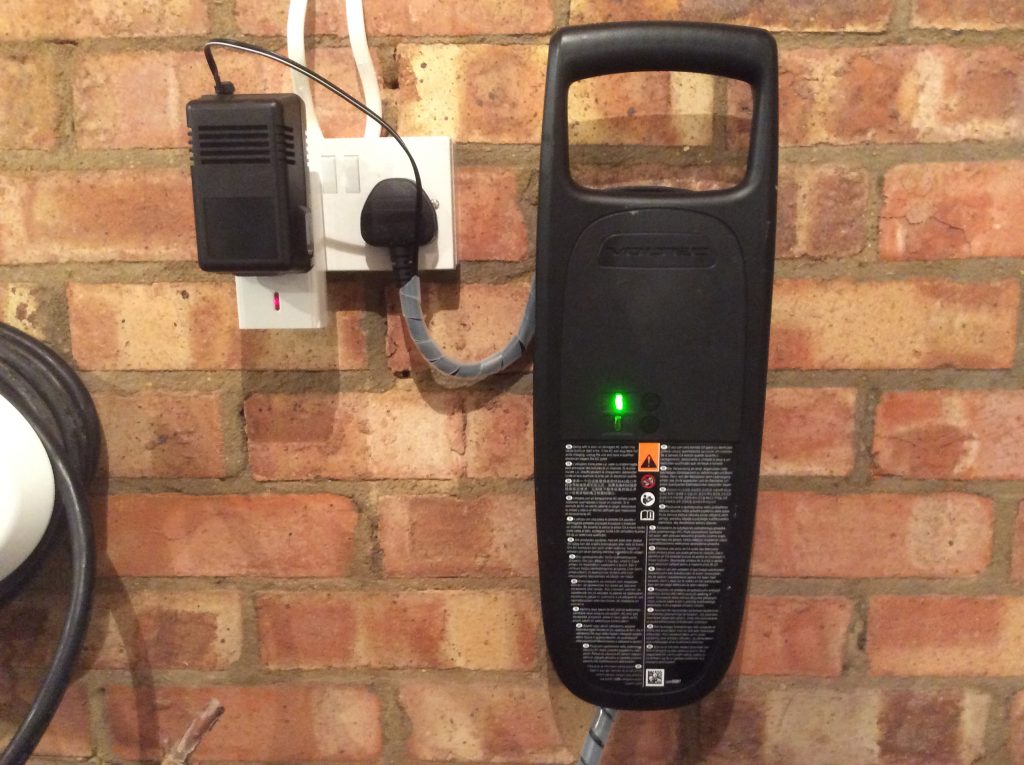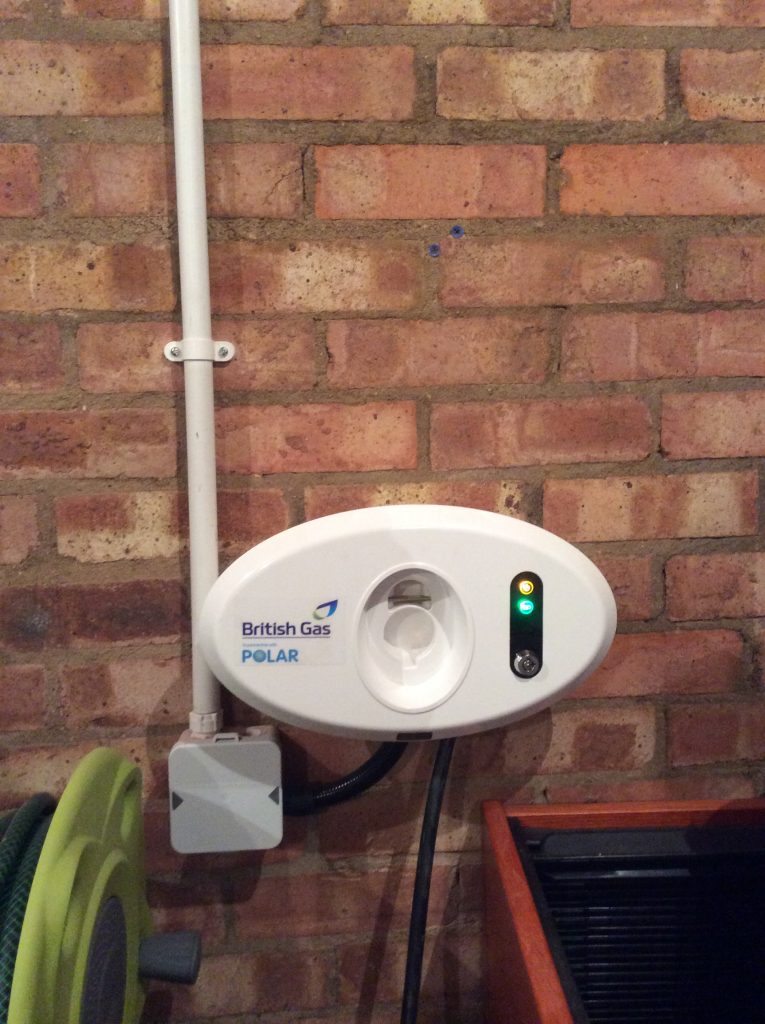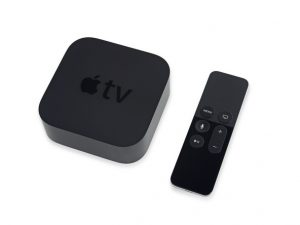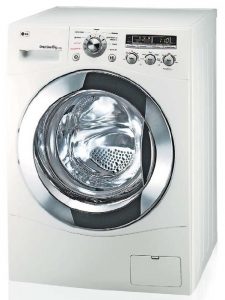 I was at a meeting earlier today which prompted some discussion on smart domestic appliances. Having recently replaced our washing machine I though I’d reflect on progress in smartness.
I was at a meeting earlier today which prompted some discussion on smart domestic appliances. Having recently replaced our washing machine I though I’d reflect on progress in smartness.
Around 25 years ago I purchased my first washing machine. Smart capability was optional – it came in the form of an electro-mechanical timer which allowed the operation of the washing machine to be shifted into the Economy 7 hours with absolute confidence.
Recently I replaced said washing machine. The new washing machine (my second) isn’t compatible with external timers, instead it offers a pushbutton which delays the start time by one hour every time that it is pressed. However that doesn’t give absolute confidence of the cheapest energy costs because these days it’s a lottery between will the day be sunny (and thus free solar electricity) or will Economy 7 be cheaper?
Where are the smart controls? Where are the washing machines that link to smart meters to automatically operate on the cheapest energy? It will potentially be another 25 years before my washing machine is smart – if I live long enough to buy my third.
(And in case you’re thinking that you can use some sort of smart socket to control the washing machine, turning on the power externally will just get you to the point that you can configure the washing machine program and options, not start a washing cycle.)


